Description
Berge Saddab – Common rue – Health Benefits

Rue herb or Ruta graveolens is an aromatic hardy evergreen shrub belonging to the family Rutaceae. It is known by several names, the Herb of Grace, German Rue, Garden Rue, Mother of the Herbs, Herbygrass, Hreow, Bashoush, Rude, and Rewe. A native of the Macaronesia, Mediterranean region, and southwest Asia, Rue leaves and stems have anti-spasmodic properties, and help in treating gastro-intestinal ailments. Some of the eco-conscious consumers might know this to be very useful as an insect and flea repellent around the house and garden. In Mediterranean countries, Rue herb is used in cheeses, salads, and egg dishes. Rue herb is often used in spells of protection against witchcraft and bad luck. Used as tinctures, teas and in capsules, the herb owes its potency to the presence of caprinic, caprylic, plagonic, oenanthylic acids and rutin (flavonoids).
history of Rue Herb?
During the middle age, Rue herb was hung in doorways and windows to wade off evil spirits. Early physicians used it as an excellent protection against plague and pestilence. It got the name “Herb of Grace” as early Christians used it in exorcisms and before performing Mass. It is said that Prophet Mohammed blessed his disciples with this herb. This herb was grown around Roman temples dedicated to Mars, Diana and Aradia. Rue herb was used for purifying objects fabricated from iron before consecrating them. During the 18th and 19th centuries, Rue herb was often nicknamed as “Witchbane”; individuals carried the Rue bunch to protect themselves from witches. Ancient Italians made amulets referred to as cimaruta from tin or silver which resembled the branches of rue plant. The tip of every branch was embellished with a fertility symbol: horn, phalli, crescent moon, solar disk, fish, key, and the Sacred Heart of Jesus. A cimaruta was meant to safeguard the wearer from the evil forces. Italian Renaissance painters like Michelangelo and Leonardo Da Vinci frequently consumed rue and cress sandwiches to enhance their eyesight. In the year1625, the Neapolitan physician, Piperno used the Rue herb for treating epilepsy and vertigo. In 1653, Nicholas Culpepper, the great English herbalist, prescribed the Rue herb for joint inflammation. The strong, musky odor of the Rue herb was used by the European settlers in North America to repel insects and fleas.
classification of the Rue Herb?
- Kingdom: Plantae
- Order: Sapindales
- Family: Rutaceae
- Subfamily: Rutoideae
- Tribe: Ruteae
- Genus: Ruta
How does the Rue Herb look like?
Rue plant measures between 20–60 cm. The bluish-green leaves are bipinnate or tripinnate, with a feathery surface. Rue herb yields yellow flowers borne in cymes with 4–5 petals. Each flower is one cm in diameter. The bitter fruit is 4–5 lobed capsules, containing varied seeds which are terribly bitter. According to Apicius, several ancient Roman recipes used Rue Herb for seasoning. In Italy, rue leaves are used to make grappa alla ruta (alcoholic beverage).
Health benefits of the Rue Herb?
- Anti-bacterial properties: Rue tea is prescribed to treat food poisoning, bacterial infections in the urinary tract, intestines, and colon. Being an anthelmintic agent, rue herb helps to expel intestinal worms.
- Anti-fungal properties: Folk healers use Rue herb to treat fungal infections like dermatitis, and athletes’ foot.
- Anti-inflammatory properties: Regular consumption of Rue herb helps to alleviate pain caused by rheumatoid arthritis. A cup or two of rue tea eases joint pain and stiff muscles.
- Remedy for poison: Rue is used to induce vomiting in case of food poisoning. However, this medicinal herb works only on neurotoxins not on haemotoxins. Rue herb is also used to combat intoxication caused by snake bites and insect stings.
- Calmative properties: Rue herb helps to sooth stressed nerves. It is highly effective in alleviating tension, hysterical spasms, anxiety, palpitations, and nervous headaches. Many herbalists use Rue for hysteria, giddiness, convulsions, vertigo, nightmares, confusion, dizziness, and epilepsy.
- Anti-spasmodic properties: Rue herb relieves irritable bowel syndrome, stomach cramps, menstrual cramps, and gastro-intestinal spasms. It is an excellent digestive stimulant. For ages, rue herb has been used to relieve gas and colic pains. It induces bile production, considered to be important for the digestive process.
- Diaphoretic properties: Rue herb helps to induce perspiration and lower fevers. Due to its anti-tussive properties, it clears phlegm.
- Cardiovascular properties: Being rich in flavonoid rutin, this magical herb improves blood circulation, strengthens capillaries and reduces blood pressure. Rue herb also improves eyesight and sharpens vision. Herbalists recommend Rue herb to prevent and ease varicose veins.
Can Rue Herb be used as an insect killer?
The Rue herb can be grown in your garden to repel other pests,fleas, Japanese beetle and cats. It was used as an antiplague herb in the olden days as it repels fleas. Rather than using toxic chemicals in your garden and house, use Rue herb and other complementing herbs that can help with repelling insects and are environmentally safe both for your palnts and family. It also helps from those annoying aphids which attack the vegetable plants. Besides lady bugs, Rue herb is another great way to deter the aphids. Rue herb has certain allelochemicals that help in preventing the growth of weeds as well. So the next time you are frustrated with all the chemicals, try using some of nature’s best remedies such as Rue, basil, Thyme, sage to protect yourself from insects.
Side-effects of the Rue Herb?
Excess consumption of Rue herb can cause liver degeneration and kidney irritation. Individuals suffering from heart, kidney or liver ailments should avoid this herb. Rue should be completely avoided by pregnant women as it can induce premature expulsion of the fetus (an abortifacient agent).
Berge Saddab – Garden Rue – سداب – برگ سداب
ماہیت ۔ ایک نبات ہے جودو میٹر تک بلند ہوتی ہے۔ پتے املی کے پتوں سے مشابہ کچھ لمبے اور سبز رنگ کے خاص بو ہوتے ہیں ۔ پھول زرد رنگ کے تخم تین عدد مثلث شکل جو ایک غلاف کے اندر چھپے ہوتے ہیں ۔
اقسام ۔ بری اور بستانی دو قسم کا ہوتا ہے۔بری کا درخت بستانی سے چھوٹا ہوتاہے ۔
مقام پیدائش ۔ پاکستان کے گہیوں کے کھیت اور ہزارہ کے علاوہ ہندوستان میں پنجاب اوریوبی کے کھیتوں میں ہوتی ہے۔
مزاج ۔ گرم وخشک درجہ دوم ۔
افعال ۔ مقطع محلل مفتح مدر بول کاسرریاح مجفف قابض ترقاقیت ۔
استعمال ۔ محلل ومسخن اور کاسرریاح ہونے کی وجہ سے ہضم طعام کرنا بھوک لگانا سرد معدے کو تقویت بخشتا ہے اس کے نفع کو دور کرتا ہے۔اور ریاح کو تحلیل کرتا ہے۔معدے جگر اور طحال کے سواء مزاج سرد کو نافع ہے ۔ سداب مدر ہے لہٰذا فضلات بدن کو بذریعہ ادرار خارج کرتا ہے۔
کھانے اور حمولاًمدر حیض ہے ۔محلل اخلاط غلیظ اورمسخن ہونے کے باعظ عرق النساء نقرس اور اوجاع مزمنہ کیلئے مفید ہے۔ سداب بدن کو سمومات سے محفوظ رکھتا ہے اورسانپ بچھو بھڑ اور کتے کے مقام گزیدگی پر طلامفید ہے ۔ مجفف ہونے کے باعظ منی اور دیگر رطوبت کو خشک کرتاہے طلاًء یا ضماد استسقاء ئے لحمی اورتہیج میں مستعمل ہے ۔
فوائد خاص ۔ محلل ریاح ، مدربول وحیض ۔
مضر۔ مصدع ،مضعف بصر۔
مصلح ۔ انیسوں اور سکنجین ۔
بدل ۔ صعتر فارسی ۔
مقدارخوراک ۔ تین سے پانچ گرام ۔




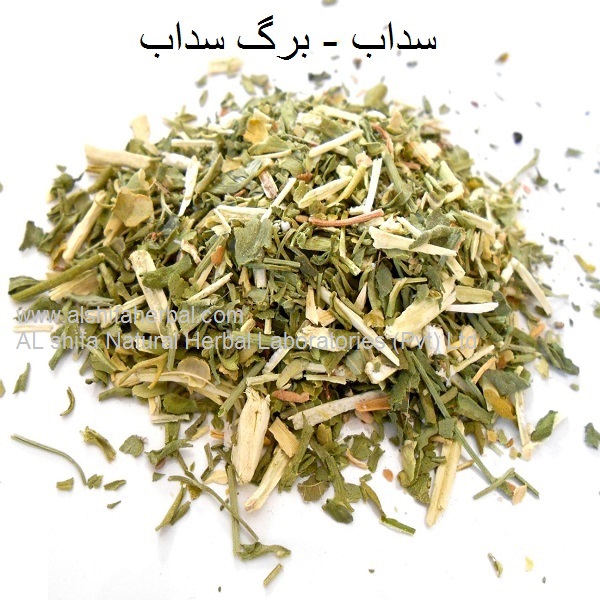
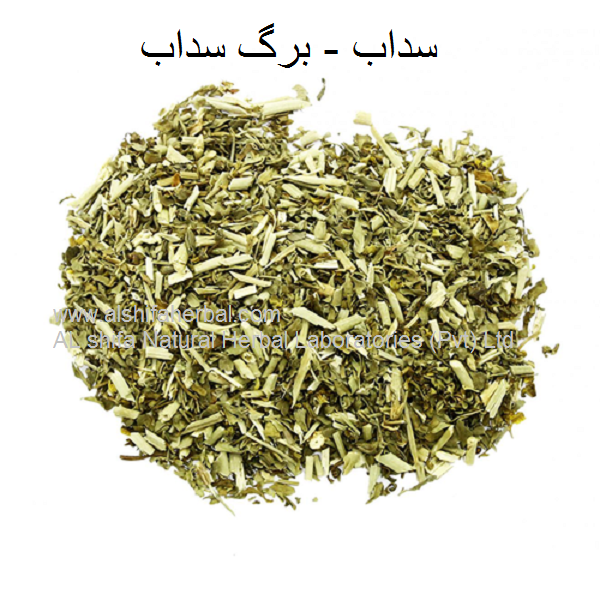
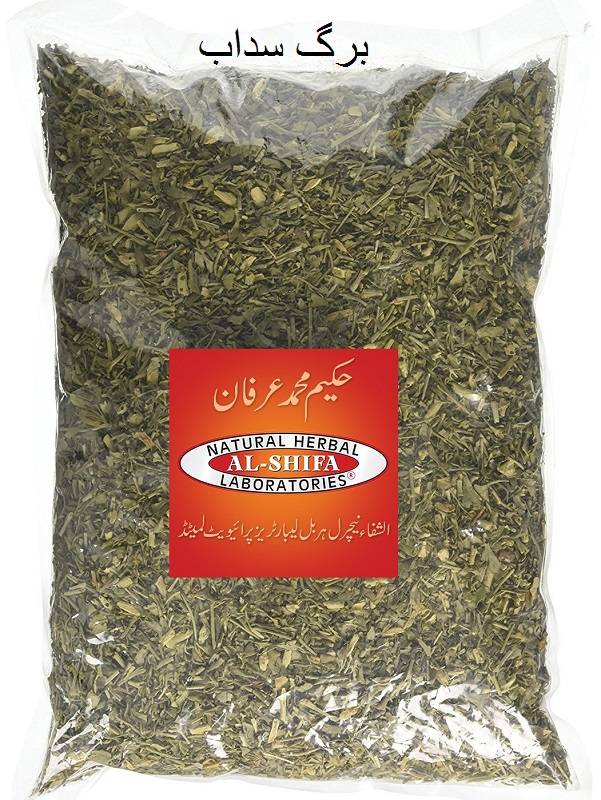
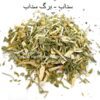
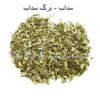
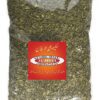
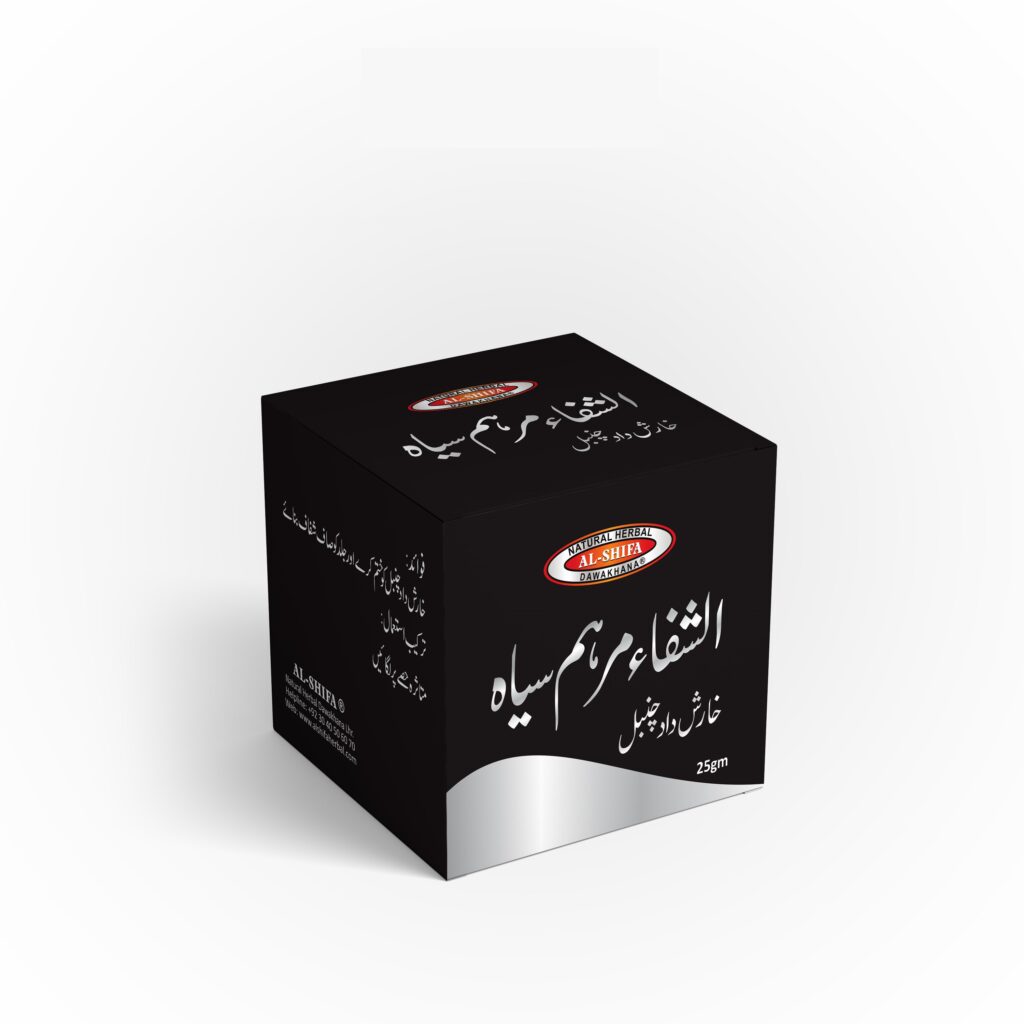
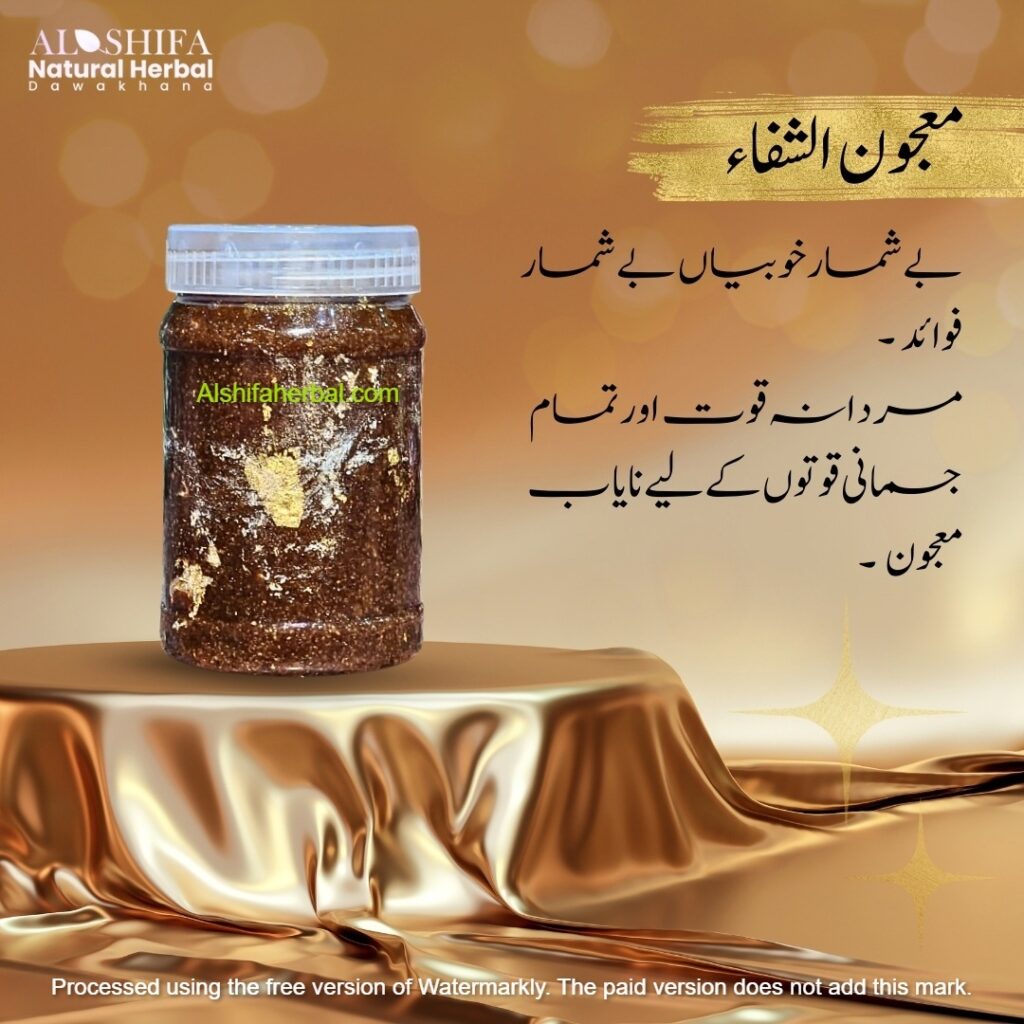
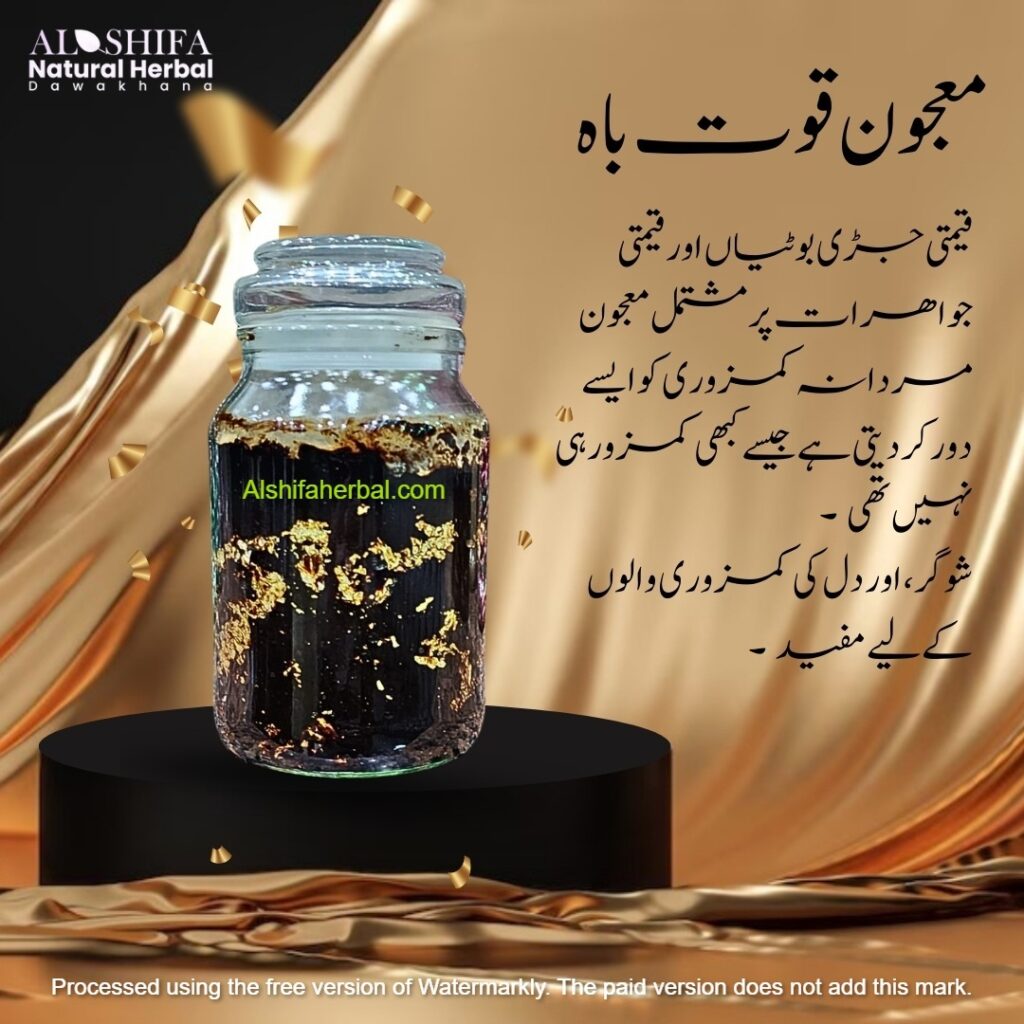
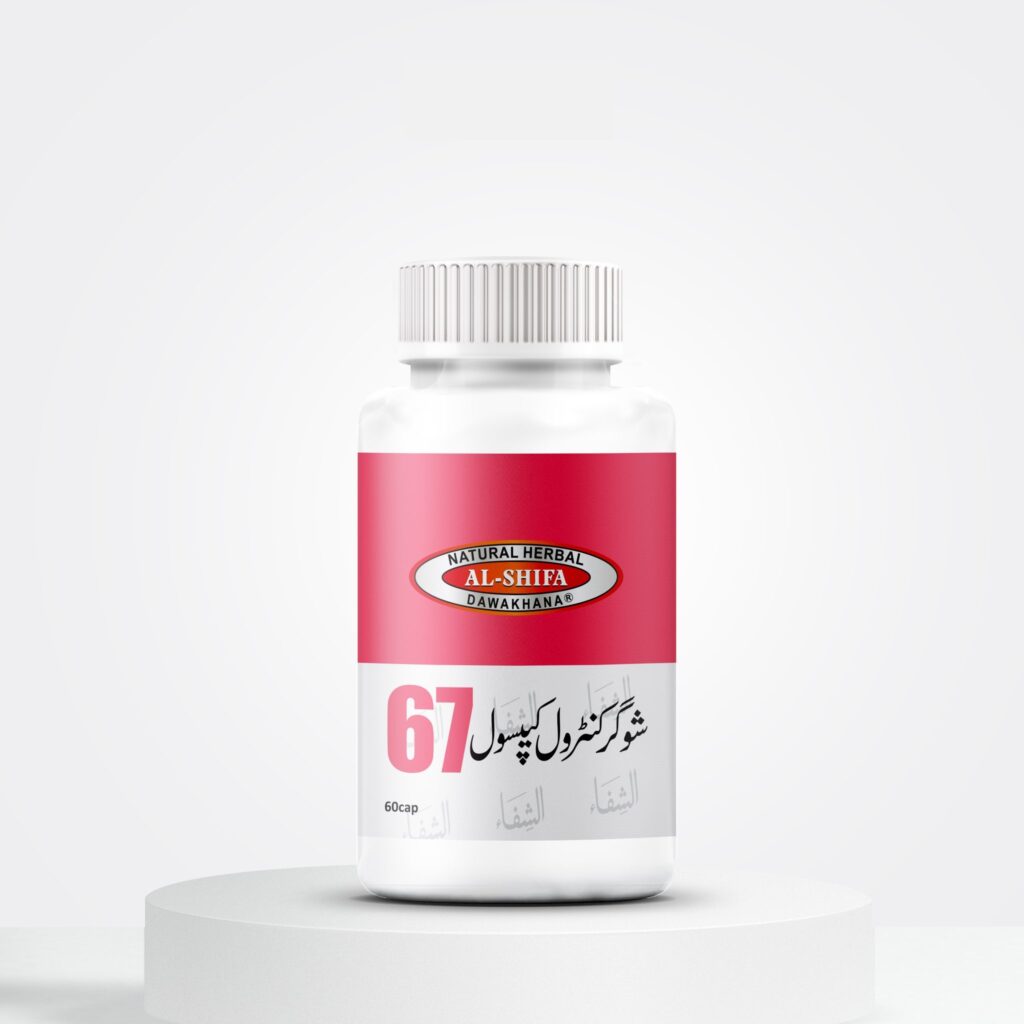
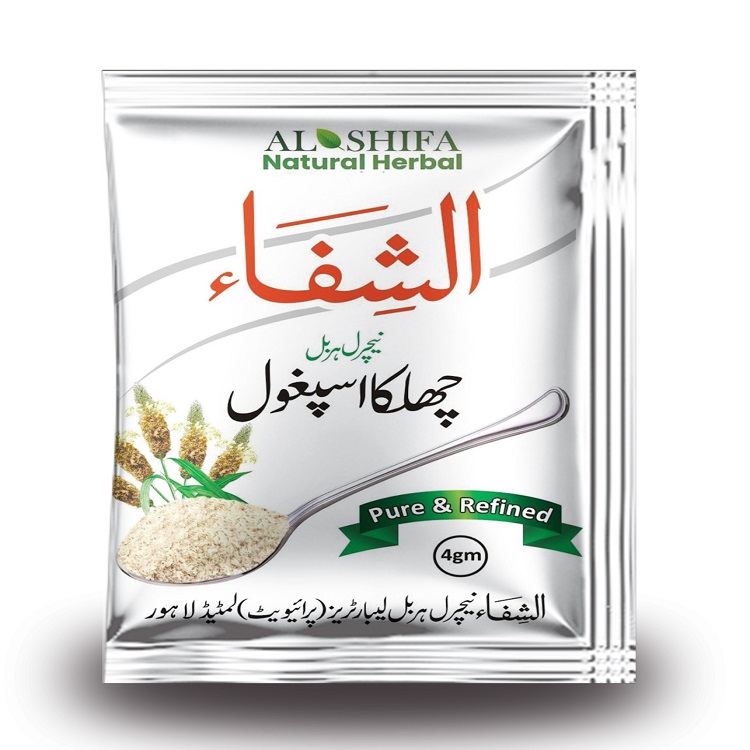



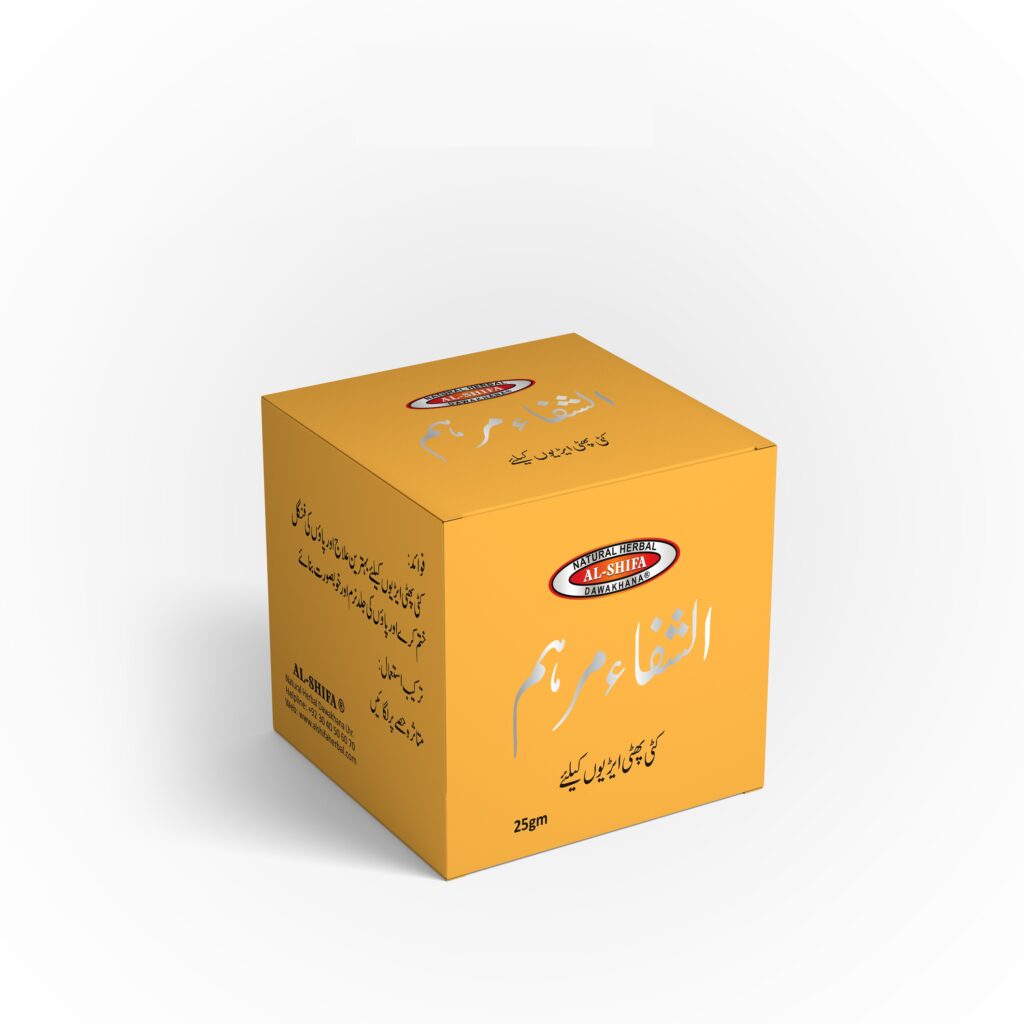


Reviews
There are no reviews yet.